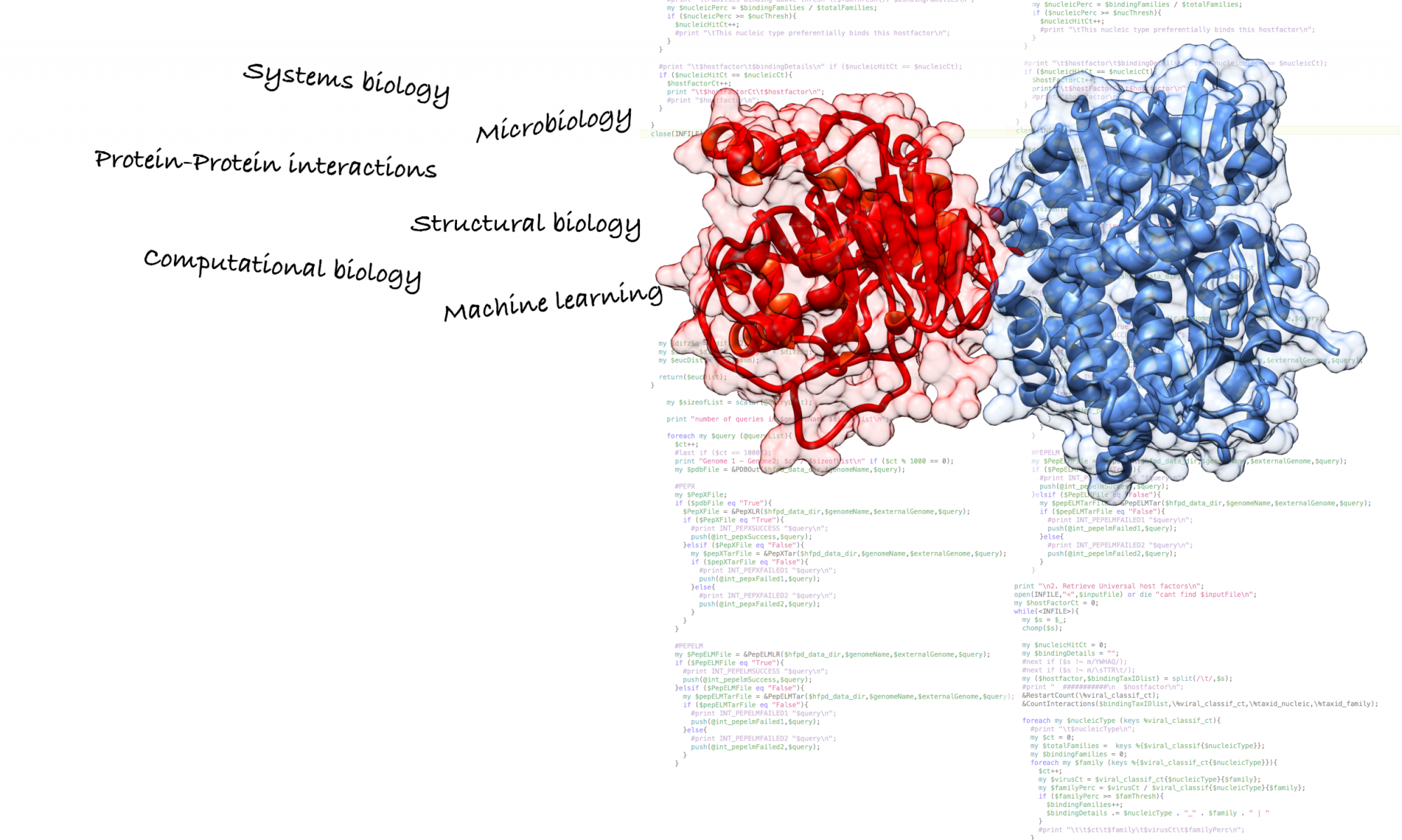Broom and colleagues study the molecular evolution of protein domains and the origins of the symmetry of a particular protein domain, known as beta-trefoil.A new protein domain is engineered computationally and subsequently characterized structurally.
This paper provides new insights into the evolution of the symmetry of protein domains and into protein engineering. The authors show that the widely adopted domain duplication and divergence model is not the only source for domain evolution. A new evolutionary model is described, according to which a particular subdomain can lead to the assembly of a new symmetry-based protein domain by combining several repeats of the same subdomain. The latter implies that modular evolution is an ongoing process.
The authors computationally designed a new beta-trefoil subdomain and repeated it into a single chain to form a new three-fold globular protein. The model was then expressed, purified, and structurally characterized. The newly designed protein was found to be highly soluble, stable, and functional. Furthermore, while the single subdomain cannot fold by itself, the single chain containing the three copies of the subdomain folds into a single and stable domain. This indicates a significant energy penalty for forming the beta-trefoil fold from separate chains. The authors also discuss the benefits of internally symmetric structures for protein function.
A new protein domain is engineered computationally and subsequently characterized structurally. This paper provides new insights into the evolution of the symmetry of protein domains and into protein engineering. The authors show that the widely adopted domain duplication and divergence model is not the only source for domain evolution. A new evolutionary model is described, according to which a particular subdomain can lead to the assembly of a new symmetry-based protein domain by combining several repeats of the same subdomain. The latter implies that modular evolution is an ongoing process. The authors computationally designed a new beta-trefoil subdomain and repeated it into a single chain to form a new three-fold globular protein. The model was then expressed, purified, and structurally characterized. The newly designed protein was found to be highly soluble, stable, and functional. Furthermore, while the single subdomain cannot fold by itself, the single chain containing the three copies of the subdomain folds into a single and stable domain. This indicates a significant energy penalty for forming the beta-trefoil fold from separate chains. The authors also discuss the benefits of internally symmetric structures for protein function.
